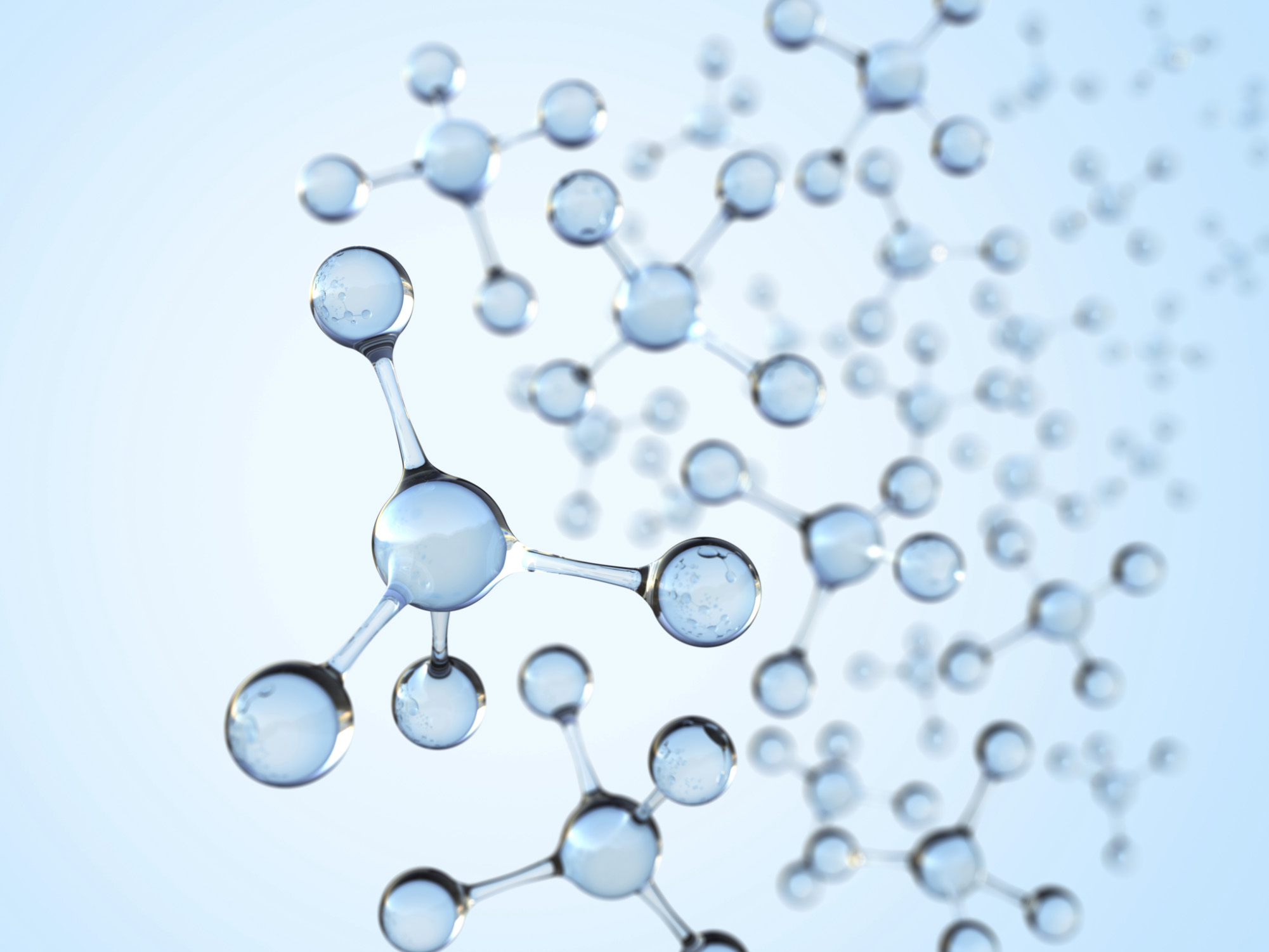H2020 FET projects for technologies with new materials

date: 29/01/2016
ABIOMATER will deliver a new class of metamaterials whose functionality can be controlled by external magnetic fields. The materials consist of micromotors, comprising an anisotropically “hard” and “soft” ferromagnetic particle pair embedded in a polymer matrix, and promise wide-ranging technological applications. The project will develop methods for incorporating the motors into elastic membranes (MEMs) that can be used to produce novel prototype devices.
FLIPT takes inspiration from nature to set a new low energy paradigm for the productions of plastics. FLow Induced Phase Transitions, a disruptive process inspired by natural silk spinning could generate high-performing yet sustainable polymers as an alternative to the current petroleum-based production of plastics.
Graphene Flagship aims to take graphene and related layered materials (LM) from a state of raw potential to a point where they can revolutionize multiple industries – from flexible, wearable and transparent electronics, to high performance computing and spintronics. This will bring a new dimension to future technology – a faster, thinner, stronger, flexible, and broadband revolution.
ICARUS seeks to develop innovative coarsening-resistant alloys with enhanced radiation tolerance and ultra-fine-grained structure for aerospace application.
InnoSMART proposes a novel idea that deals with the development of an innovative result; a ground breaking coating from shaped memory alloys that could change the life span of engineering structures in various sectors such as bridges, airplanes and infrastructures engineering.
LiRichFCC will develop a new class of powerful materials for electrochemical energy storage: lithium-rich oxyfluorides with cubic dense packing allowing for unprecedented energy and power density in batteries. Instead of storing lithium ions by intercalation into a stable host, lithium ions are populating and vacating lattice sites of the material itself. This will allow for batteries in applications involving large amounts of energy while requiring small spaces.
Microflusa's aim is to, by using microfluidic technology, unlock the bottleneck of revolutionary materials that, even though theoretically imagined, the amounts are far too low to approach industrial applications. This will enable an increased production of complex building blocks mimicking molecular structures in the field of colloidal science, with the hope of elaborating faster and more efficiently innovative materials.
